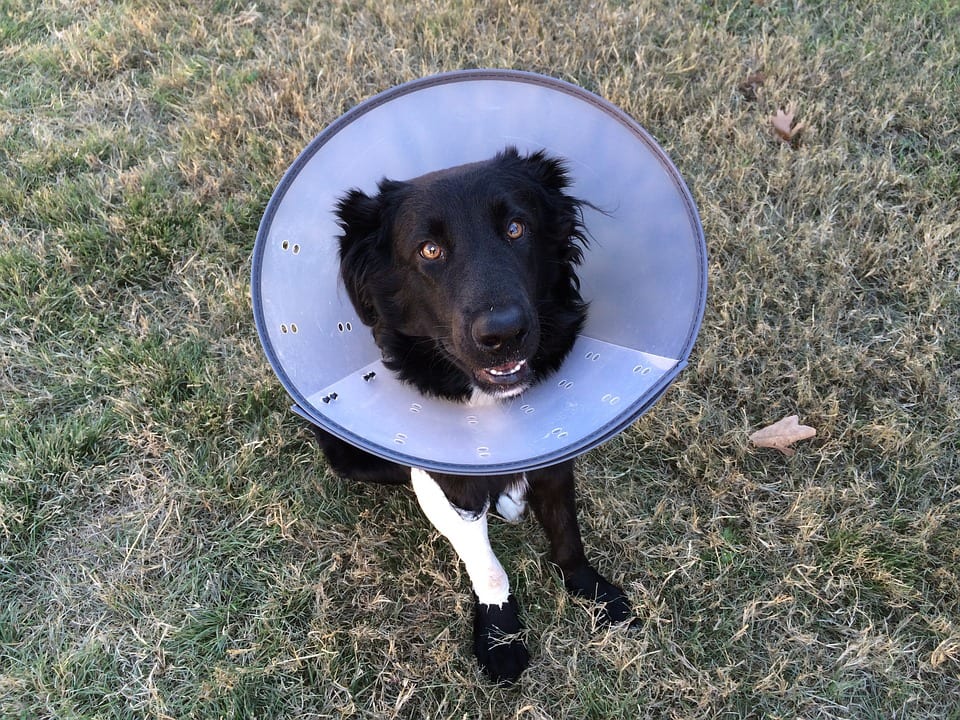September is Animal Pain Awareness Month~ Look out for these 10 signs which could mean your pooch is in pain
Blog , +1
September 1, 2017

1. Biting: Even if your dog is usually extremely affectionate and loving, pain can make them nervous and anxious which can lead to them biting. If your dog is not usually aggressive this can be a sign they are in pain.
2. Posture changes: Dogs can change their posture when in pain, some stretch out which looks like a “prayer position” whereas others look more like a “sawhorse-type”. These postural changes may seem like nothing, but they are not normal and if witnessed often should be checked out.
3. Food and water changes: If a dog is experiencing pain they often tend to eat and drink less, often leading to weight loss. Sometimes if the pain is in the mouth, it can cause them to drop their food.
4. Mobility changes: Dogs tend to move less when they are in pain, although they can move the same amount, but just differently, sometimes with a limp or struggle getting upstairs.
5. Bathroom changes: When a dog is suffering with back pain they often struggle when going to the toilet, this can lead to constipation, and the pain itself lead to slowed motility of the intestines. You may also notice your pet has diarrhoea this can also mean you dog is suffering from a tummy upset and may be feeling under the weather.
6. Eye changes: Dogs eyes can change both for eye pain itself or pain in the rest of the body. Pain elsewhere in the body can lead to larger dilated pupils whereas pain in the eye itself can lead to larger or small more constricted pupils. Dogs in pain often squint, with the eyes sometimes appearing bloodshot.
7. Changes in appearance: Lumps and bumps on your dogs body can be an indication of illness or injury. Swellings can occur all over the body and these can be extremely painful. It is advised to get lumps and bumps checked by a vet to ensure they are nothing sinister.
8. Changes in breathing pattern: Take a note of your dogs breathing, you may notice an increase in their respiratory rate or heavy panting. A dog which is persistently panting even in cool weather may be in pain.
9. Signs of restlessness: A dog in pain may experience signs of restlessness or unable to get comfortable. You may see your dog pacing or keep trying to change its position by getting up and down frequently.
10. Sleep changes: When a dog is in pain it may sleep more or less. If their sleeping pattern has changed and they are experiencing any other of these symptoms it may be another sign they are not their usual self.


